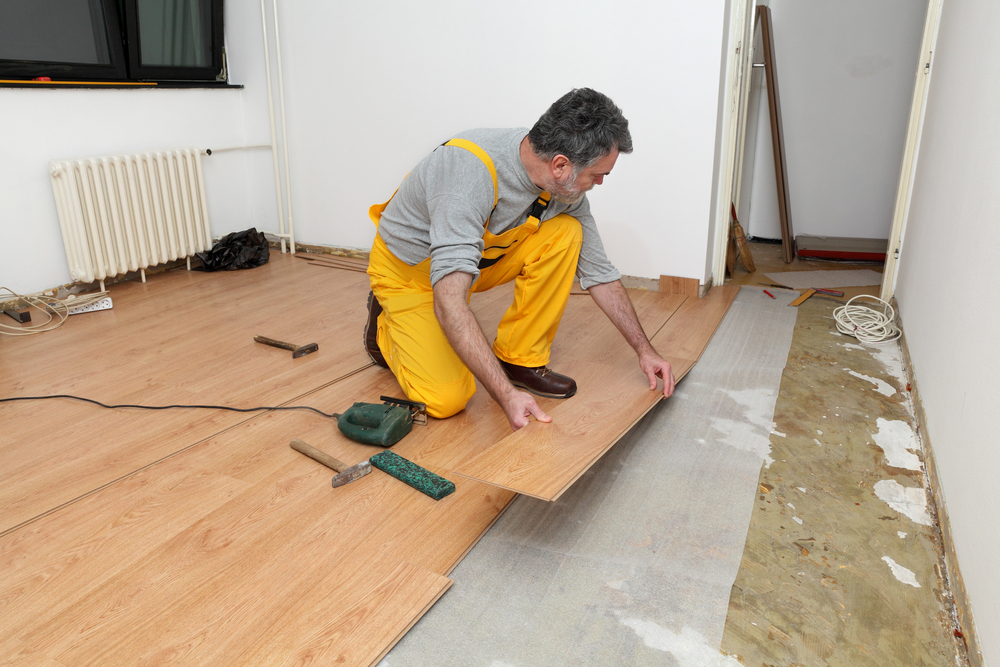Vinyl flooring is renowned for its durability, aesthetic appeal, and low maintenance needs. But like any other type of flooring, it isn’t completely immune to issues. Whether it’s due to poor installation, age, or simply an accident, problems that may require intervention can arise. In such cases, you may either opt to take on the task yourself or seek the help of a professional vinyl flooring service. This article aims to enlighten you about some common vinyl flooring issues and their respective repair methods.
Peeling or Curling at the Edges
Vinyl floors are susceptible to peeling or curling at the corners and edges over time, especially if they were not installed correctly. This can present both a tripping hazard and an unsightly aspect to your space.
How to Repair:
- Clean the area thoroughly.
- Use a utility knife to make a precise incision around the affected area.
- Apply an adhesive designed for vinyl flooring and press the piece back into place.
- Place a heavy object on top to ensure the adhesive bonds correctly.
Discolouration
Discolouration can occur for a variety of reasons, such as exposure to sunlight or stains from rubber mats. Over time, this can take away from the aesthetic appeal of your flooring.
How to Repair:
- Using vinyl-safe cleaning agents can often restore the original hue for minor discolouration.
- You may need to replace the affected area with a new vinyl tile for more significant discolouration.
Gaps and Buckling
Temperature and moisture can cause vinyl floors to expand and contract, sometimes resulting in gaps or buckling.
How to Repair:
- Use a hairdryer to warm the area and make the vinyl more pliable.
- Once the vinyl is soft, press it back into place.
- Fill any gaps with a seam sealer designed for vinyl flooring.
Cuts and Tears
Whether from moving furniture or dropping a sharp object, cuts and tears are an unfortunate but common issue with vinyl flooring.
How to Repair:
- Cut a piece from a leftover vinyl tile that matches the damaged area.
- Use a double-cut seam method to create a perfect patch.
- Apply adhesive and place the patch, ensuring it aligns correctly with the existing pattern.
Scratches
Scratches can occur due to pet claws, furniture legs, or other sharp objects.
How to Repair:
- Use a sealer pencil or a small liquid seam sealer to fill the scratch.
- Wipe away any excess sealer and let the area dry.
When to Call in the Professionals
While many of these issues are fixable as a DIY project, there are instances when it would be wise to seek the expertise of a vinyl flooring service. This is especially true for complex or widespread problems, where professional intervention can help ensure a long-lasting solution.
Conclusion
Understanding the problems that can occur with vinyl flooring allows you to take proactive steps to address them. Whether you’re an enthusiastic DIYer or prefer to leave it to the pros, knowing what you’re dealing with is half the battle. Armed with this knowledge, you can maintain the beauty and functionality of your vinyl floors for years to come.



